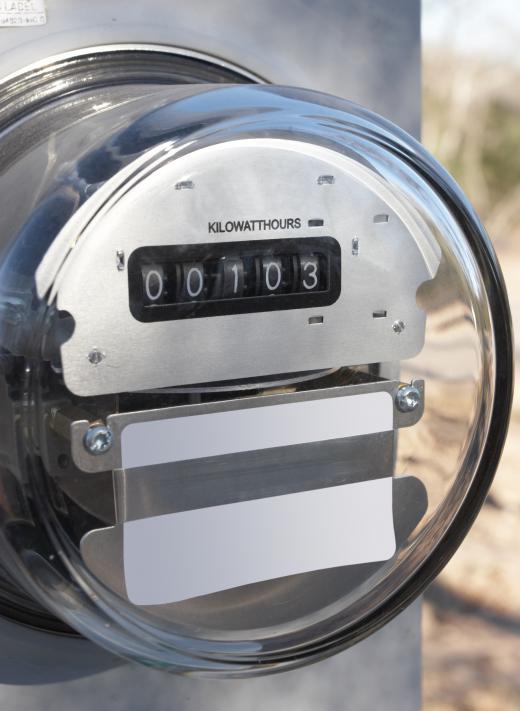Power delivery, also known as "electricity generation," is a term used to describe the generation of electricity for the purpose of human consumption. In simple terms, the electricity is delivered to individuals via a centralized electricity distribution system, starting at the power station, then to a substation, and finally to residential and commercial buildings via electricity transmission lines. There are typically four stages of power delivery: central generation, transmission, distribution, and retailing.
Central generation of electricity takes place at a power station, within which electricity is generated via mechanical generators. These generators use heat engines that are typically fueled by a number of technologies. Nuclear power stations use nuclear fission to fuel the heat engines. Kinetic energy fuels heat engines in renewable-energy power stations, such as those providing wind-derived power, which is becoming more prevalent because of the increasing demand for renewable energy sources.

The transmission phase of the power delivery process includes the use of transmission networks. Transmission networks include components such as power lines — the medium through which electric current travels — transformers, and circuit breakers. During the transmission process, transformers are used to increase or decrease the voltage of the current, depending on the type of transmission required. Typically, the electricity arrives at a substation, where the voltage of the current is decreased, after which the electricity is distributed to end users, including residential and commercial properties.

Within the distribution phase, power is typically at a lower voltage. The power is transferred from a substation transformer to an electricity distribution bus, which is designed to convey the power to distribution lines in proximity. The electricity, which travels through the distribution lines, goes through another process of voltage regulation — decreasing it to 240 volts, for example — via a transformer drum, prior to being delivered to an end user.

The retailing of electricity is typically the final phase of the power delivery process. In developed nations, energy business corporations charge customers for the use of electricity. The customers in question could be organizations, businesses, or individual home owners, for example; if the customers of energy corporations consistently fail to pay electricity utility bills, the final destination for the power delivery — such as a residential property — may find itself without electricity.
